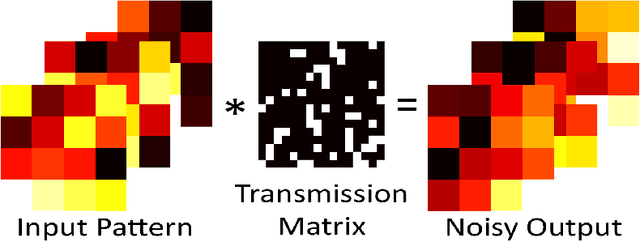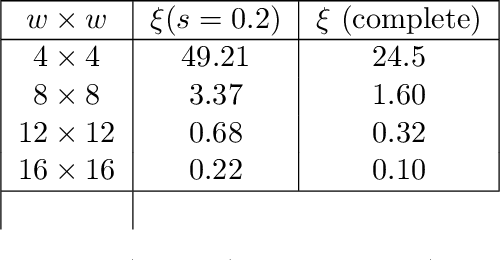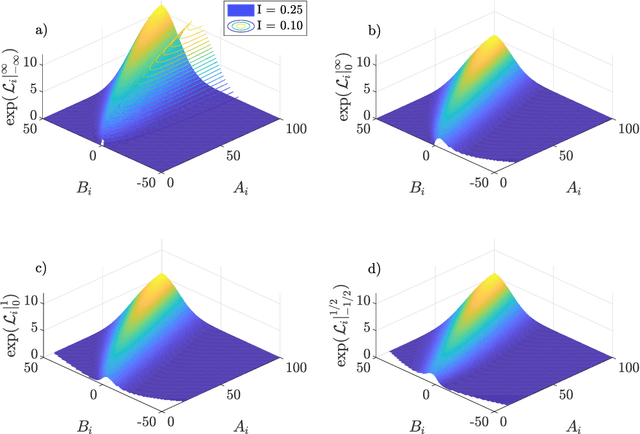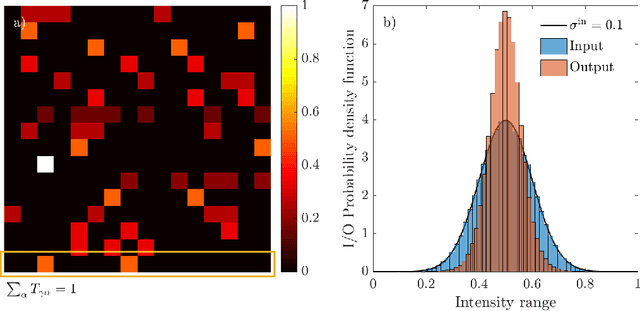Transmission Matrix Inference via Pseudolikelihood Decimation
Paper and Code
Mar 13, 2019



One of the biggest challenges in the field of biomedical imaging is the comprehension and the exploitation of the photon scattering through disordered media. Many studies have pursued the solution to this puzzle, achieving light-focusing control or reconstructing images in complex media. In the present work, we investigate how statistical inference helps the calculation of the transmission matrix in a complex scrambling environment, enabling its usage like a normal optical element. We convert a linear input-output transmission problem into a statistical formulation based on pseudolikelihood maximization, learning the coupling matrix via random sampling of intensity realizations. Our aim is to uncover insights from the scattering problem, encouraging the development of novel imaging techniques for better medical investigations, borrowing a number of statistical tools from spin-glass theory.
 Add to Chrome
Add to Chrome Add to Firefox
Add to Firefox Add to Edge
Add to Edge